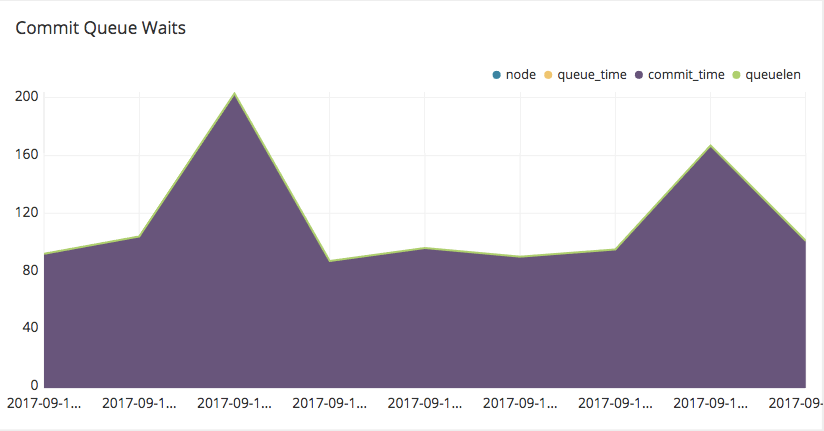

#Datediff redshift how to#
This post will go over how to use the DATEDIFF function across different data warehouses and how to write more standardized DATEDIFF functions using a dbt macro (or successfully find your socks as a pair in one go). DATEDIFF is this pair of socks-you’ll inevitably find yourself Googling the syntax almost every time you use it, but you can’t go through your day without using it. But for some reason, the matching sock requires a little digging in the drawer. For example, the COALESCE function takes a group of values and returns the first non-null value from that group.ĭATEDIFF is a little bit like your favorite pair of socks you’ll usually find the first one easily and feel like the day is going to be great. Some common SQL functions are COALESCE, LOWER, and EXTRACT. It’s a simple and widely used function that you’ll find yourself using more often than you expect.Īt a high level, a function takes an input (or multiple inputs) and returns a manipulation of those inputs. days, weeks, years) between a start date/time and an end date/time. The DATEDIFF function will return the difference in specified units (ex. Luckily, there’s a handy DATEDIFF function that can do that for you. “What is the average number of days to conversion?”īusiness users will have these questions, data people will have to answer these questions, and the only way to solve them is by calculating the time between two different dates. “How long has it been since this customer last ordered with us?”


 0 kommentar(er)
0 kommentar(er)
